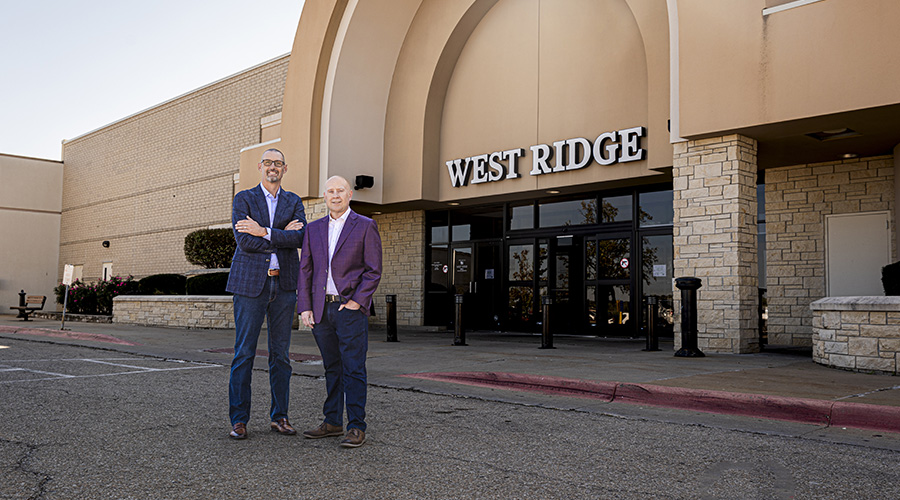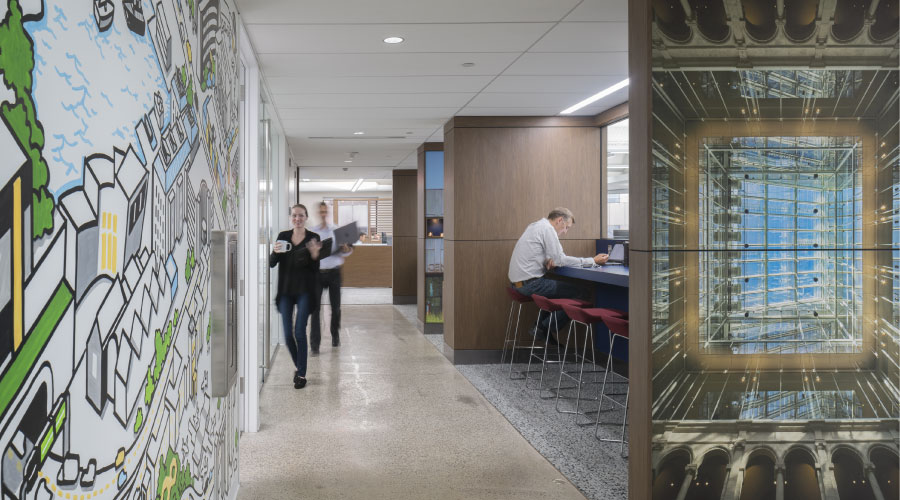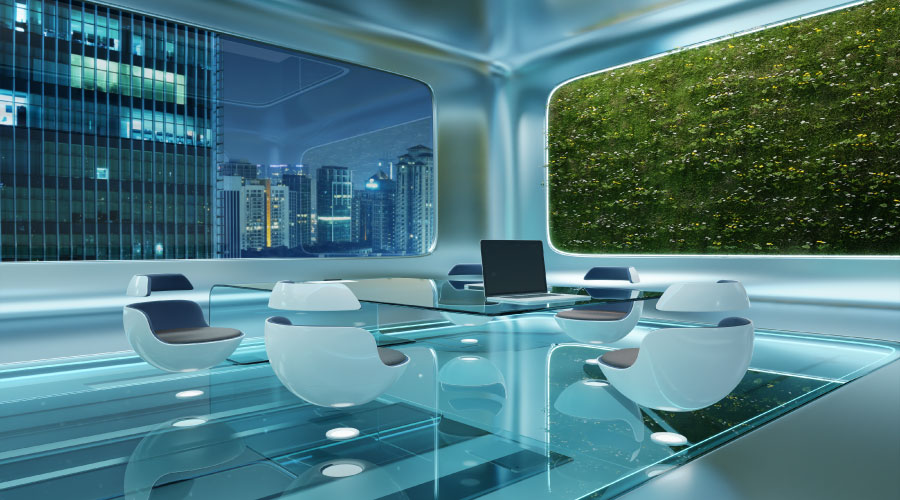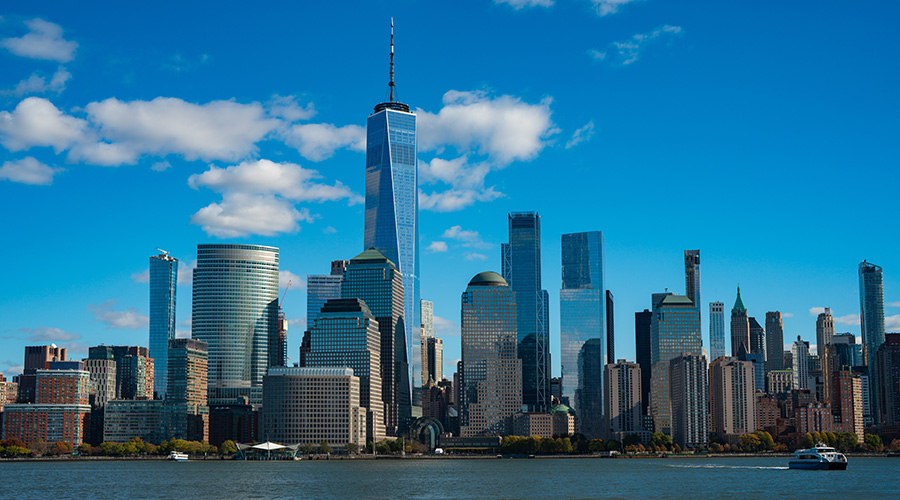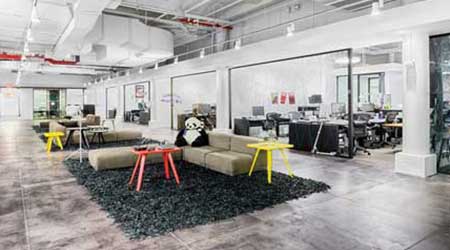 Workplaces that have been exploring and testing collaborative environments to develop better models of space for innovative work.Limor Garfinkle
Workplaces that have been exploring and testing collaborative environments to develop better models of space for innovative work.Limor GarfinkleRethinking the Workplace in the Age of Coronavirus
COVID-19 will permanently alter workplace strategy and design. How will your facilities adapt?
Even before the unprecedented impact of COVID-19, workplaces had been experiencing dramatic shifts. Modern workplaces are providing greater flexibility to be nimble in response to changing business needs. Overnight, the way we conduct work has been transformed by ‘Stay At Home’ isolation orders. As facility managers look ahead, questions arise about the impact of the pandemic on workplace design.
The ‘Stay At Home’ orders are changing preconceptions and patterns about how and where work occurs. This is a unique opportunity for a comprehensive study to understand the pros and cons of working at home compared to going into the office. While COVID-19 is changing the script on working at home, it also emphasizes the importance of the physical workplace. It is the marketplace or community where we physically gather, network, exchange, socialize, collaborate, build relationships, innovate, and learn. Physical proximity and face-to-face interaction build trust among coworkers, and forms the company culture: like-minded “group think” with shared goals.
Importance of workplaces
Now more than ever, it’s crucial to promote the importance of our proximity to each other for the exchange of new ideas and information. This applies to both business and social settings in the office. As those in charge of ensuring a productive workspace, facility managers have to understand the value of collision moments in the workplace. It’s these moments, impromptu but intentional in their conception, that employees miss by not being in the workplace.
Facilities have a role in the pace and outcome of the innovation process. Innovation is the lifeblood of corporate and institutional longevity. Whether the innovation is a disruptive breakthrough or a line extension, often it is the result of an idea that follows an obscure networked path before evolving into a viable new product or business model.
From a design perspective, enhancing the innovation process is all about providing the right spaces for people to use their creative brains. Those spaces will provide user experiences that are fluid, user friendly, and productive, with integrated tools and technology that support sparks of ideas, displays of concepts, focus time on deeper thoughts, and rigorous conversations in whatever form they take. These are spaces that are intuitive for the user. The complement of workspaces will vary depending on the industry, output, and whether the innovation is a service or product. The creative and innovative process demands maker spaces, where ideas, concepts, and prototypes are displayed and debated in both a physical and virtual mode with an element of user controls for configurations and tools: Adaptability in space configuration should be the presumed design.
Creating the right workspaces to accelerate the innovation process promises to become a key component of the corporate real estate and facilities management sectors. Workplaces that have been exploring and testing collaborative environments have synthesized that learning into better models of space for innovative work. Being able to offer those environments as an amenity to building services will add to the value of a lease product.
Related Topics:











